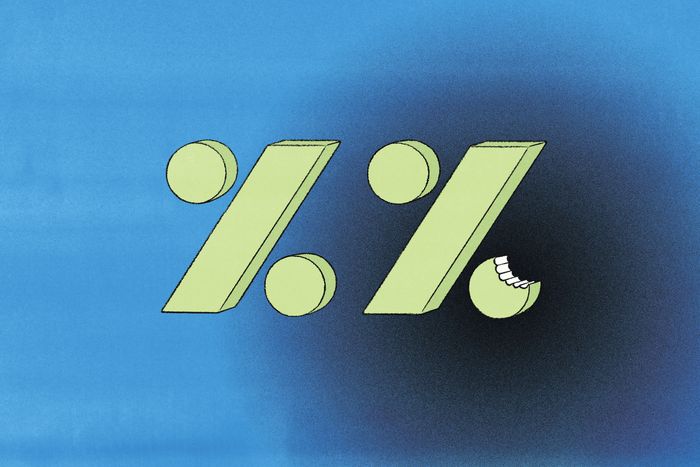Money-market mutual funds were ignored by many investors over the past decade or so as their yields hovered near zero. That has changed since the Federal Reserve began to raise its benchmark interest rate in 2022—but there has been wide variance between the top and bottom funds.
Money-market funds invest in short-term debt instruments like three-month Treasury bills and repurchase agreements, or repos. These instruments are highly liquid, have low default risk and low interest-rate risk. And most important, their return usually follows the yield on the federal-funds rate, the central bank’s short-term benchmark rate.
But despite the perception that money-market funds are all investing in the same instruments and nearly identical, my research assistants (Sarmad Mirza and Yewon Choi) and I find significant differences between the top and bottom funds over the past year.
To study this issue, we pulled data on all dollar-denominated money-market funds listed in the U.S. We then looked at the annualized returns for these funds over a recent six-month span (June 2023 to November 2023), the past year (December 2022 to November 2023) and the 10 years before 2022. Within each of these time frames, we looked at the distribution of returns—pulling out the minimum, the 10th percentile, the 25th percentile, the median, the 75th percentile, the 90th percentile and the maximum.
The findings
We found that the median money-market fund returned 4.2% over the past year, compared with 0.49% annualized over the 10 years before 2022. (All returns are presented after subtracting annual fees.) This may not be surprising in and of itself, given the low interest-rate environment before 2022, but the distribution of returns within these two periods might surprise people.
Over the decade before 2022, the money-market fund at the 10th percentile of performance averaged an annualized return of 0.11% while the money-market fund at the 90th percentile averaged 1.09%. This implies the spread, or yield difference, between the upper end of the distribution and the lower end was 0.98 percentage point on average.
On the other hand, over the past year the money-market fund at the 10th percentile of performance averaged an annualized return of 0.14% while the fund at the 90th percentile averaged 5.16%. This implies the spread between the upper end of the distribution and the lower end was 5.02 percentage points on average.
In other words, if you made the mistake of not doing your homework on money-market funds back in the 2010s and picked a poor-performing one, you might have lost out on about 1 percentage point in returns in a given year. The cost of not doing your homework today: 5 percentage points.
Fees are back
One reason for this big shift in the dispersion of money-market fund returns is funds’ ability to charge annual fees for the first time in a decade. When the fed-funds rate was at or near zero, money-market funds couldn’t charge any substantial fees to their shareholders because it would push the net returns negative. Now that the fed-funds rate is above 5%, money-market funds can charge tangible net expense ratios—and some funds are taking advantage of this and charging annual expense ratios in excess of 1%.
While expenses alone don’t explain the yield spread between the top and bottom funds, they are one thing to pay attention to as the Fed considers the next step in its inflation fight. Buyers, beware.






